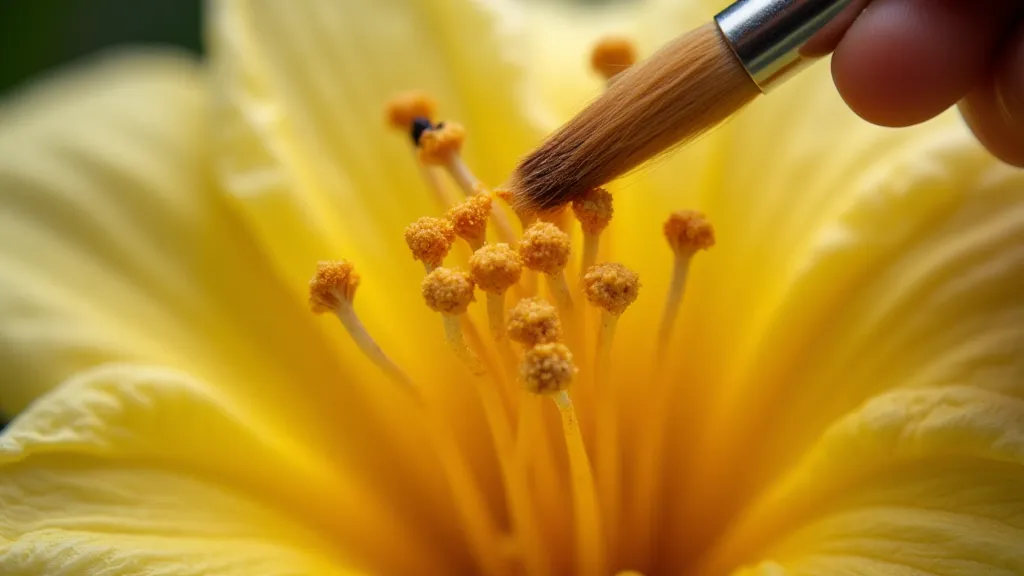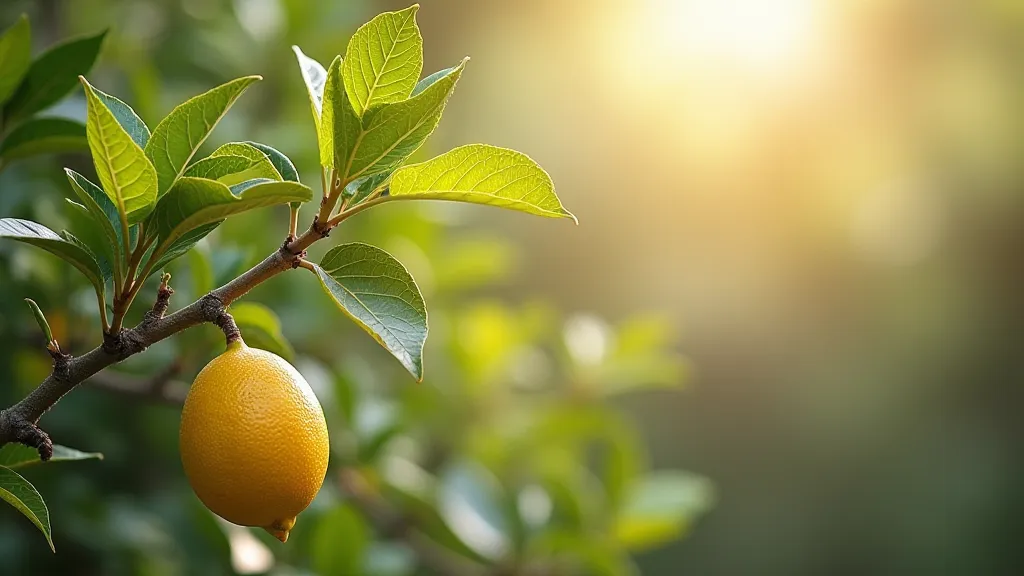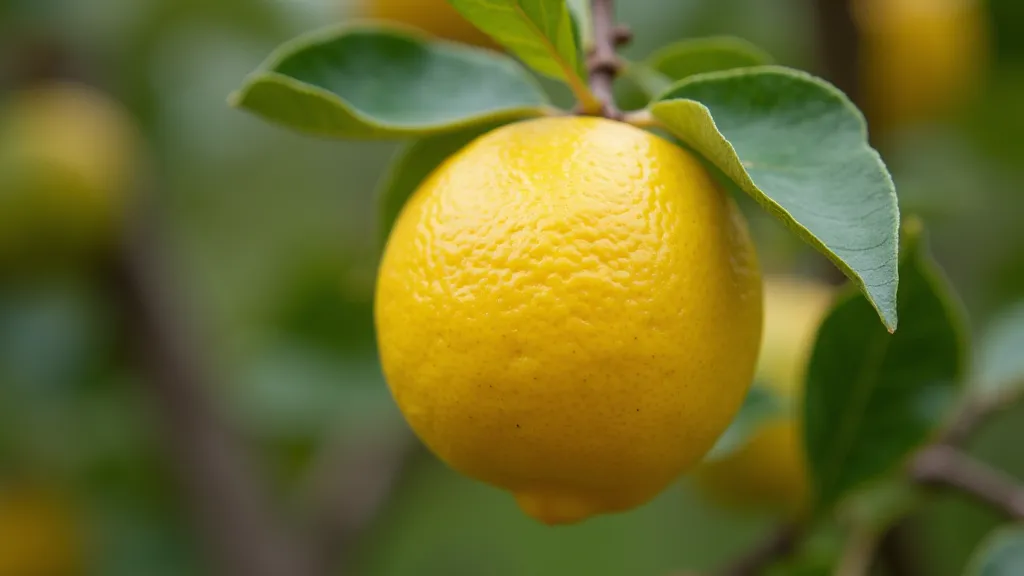Pollination Secrets for Indoor Citrus Trees
Understanding the pollination process and techniques for hand-pollination to ensure fruit set on indoor citrus trees.
Bringing the joy of homegrown citrus indoors is a rewarding experience. However, a common frustration for indoor citrus growers is a lack of fruit. While proper light, watering, and fertilization are crucial, pollination often gets overlooked. Unlike many outdoor plants, indoor citrus trees often lack the natural pollinators they rely on outdoors. This article will delve into the pollination secrets for your dwarf citrus trees and provide actionable techniques for hand-pollination to ensure a fruitful harvest. The beauty and history of citrus fruits are truly captivating, and learning about their origins can deepen your appreciation for these amazing plants - you can find out more about the history and lore of citrus fruits!
The Basics of Citrus Pollination
Citrus trees are primarily self-pollinating, meaning they can produce fruit without cross-pollination from another citrus tree. However, the pollen grains need to transfer from the stamen (male part) to the pistil (female part) of the flower for fertilization to occur. Outdoor citrus trees rely on insects like bees, butterflies, and even wind to carry this pollen. Inside, these natural pollinators are usually absent, making hand-pollination a necessity.
Citrus flowers are fascinating. They typically have numerous stamens, each producing a dusting of pollen. The pistil in the center is the target. Successful pollination requires that pollen grains land on the receptive stigma of the pistil. A little movement of the flower can help with this process, but indoor environments provide little natural movement. Achieving this can be challenging, and often the amount of light your tree receives is a primary factor. Ensuring your tree is getting enough essential lighting is vital to ensure your tree produces flowers and ultimately, fruits.
Why Hand-Pollination is Key: Without assistance, many indoor citrus flowers will simply drop without setting fruit. This isn’t a sign of disease; it’s a lack of pollination.
Hand-Pollination Techniques – Simple and Effective
Fortunately, hand-pollination is a straightforward process. You'll need a few simple tools:
- A Small, Soft Brush: An artist’s brush or a small paintbrush works well.
- Optional: Cotton Swab: Can be used as an alternative.
Here's the step-by-step guide:
- Identify Open Flowers: Focus on flowers that are fully open and have visible pollen.
- Gather Pollen: Gently rub the soft brush or cotton swab across the stamens of one flower, collecting the pollen.
- Transfer Pollen: Carefully transfer the pollen-laden brush or swab to the stigma (the sticky part in the center) of another flower. You can pollinate the same flower multiple times.
- Repeat: Repeat the process for each open flower on your citrus tree.
- Timing: Pollinate flowers when they are fully open, ideally during daylight hours when the tree is actively growing.

Tips for Successful Hand-Pollination
- Multiple Pollinations: Don't just pollinate once. Repeat the process every few days while the flower remains open.
- Consider the Weather: While indoor, humidity can still affect pollination. Try to mimic outdoor conditions as best as possible. Consistent watering practices can assist with this, and you can read about the ultimate guide to watering dwarf citrus trees indoors.
- Patience is Key: It may take time for your tree to set fruit. Don't be discouraged if you don't see results immediately.
- Observe Your Tree: Pay attention to how many flowers your tree produces and how well they are pollinated. This will help you adjust your techniques.
Troubleshooting Pollination Issues
If you’re hand-pollinating diligently and still not getting fruit, consider these factors:
- Insufficient Light: Citrus trees need ample light to produce flowers and fruit.
- Nutrient Deficiencies: Ensure your tree is receiving the proper nutrients, especially phosphorus and potassium. Proper watering, combined with well-balanced feeding, are critical to success.
- Stress: Environmental stress, such as sudden temperature changes or overwatering, can hinder pollination. Citrus plants are sensitive and can be impacted by changes in their environment.
Beyond pollination, your citrus tree can also be prone to pests and diseases that can impact its overall health and ability to produce fruit. Learning how to manage these issues is a vital part of successful indoor citrus cultivation. You can learn more about dealing with pests and diseases on indoor citrus plants.

The Importance of a Healthy Environment for Pollination Success
Successful hand-pollination is about more than just brushing pollen from one flower to another. It's a sign of a tree that’s thriving and ready to produce fruit. To achieve this, consider the following points in addition to careful pollination practices:
- Soil Quality: Use a well-draining potting mix specifically formulated for citrus trees. Citrus roots are sensitive to waterlogging.
Enjoying Your Homegrown Citrus!
Hand-pollinating your indoor dwarf citrus trees is a straightforward way to ensure a bountiful harvest. By understanding the process and employing these techniques, you can enjoy the rewarding experience of growing your own delicious, homegrown citrus, even in a small space. It requires a little extra effort, but the taste of fresh, homegrown citrus is well worth it! Imagine the satisfaction of using those lemons in a homemade lemonade or those oranges in a delightful marmalade – a true testament to your green thumb!






